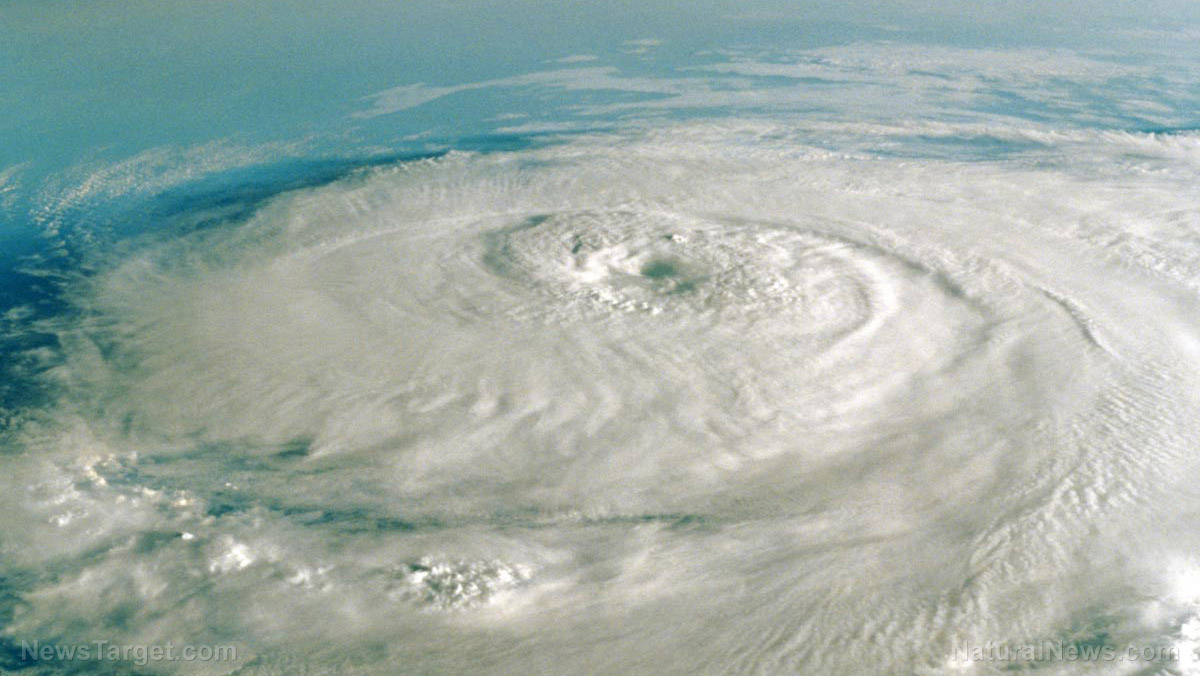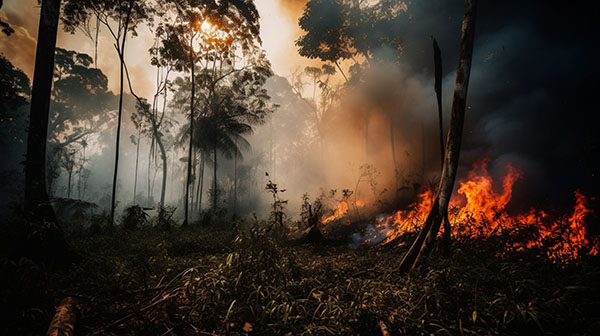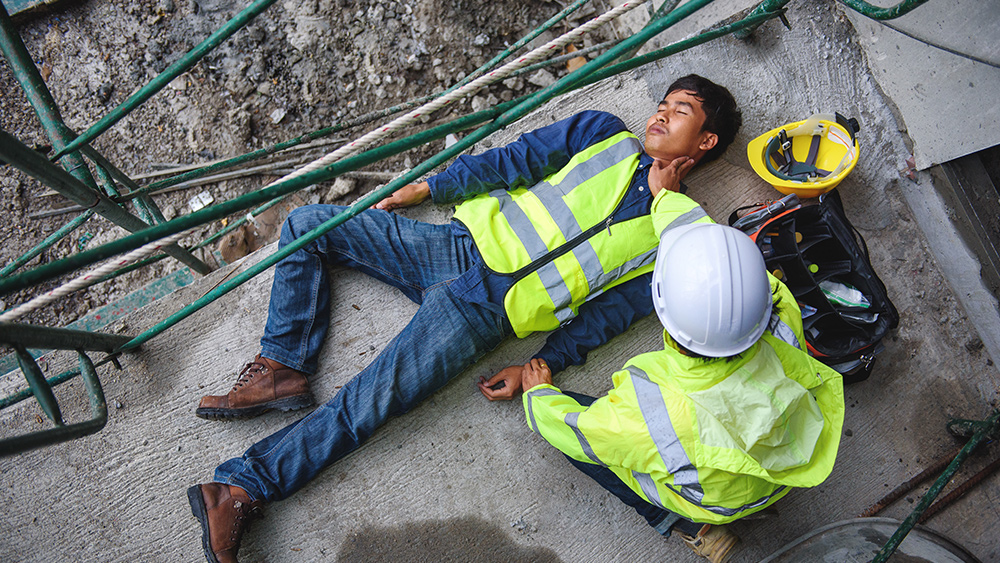Hurricane Idalia batters Florida with catastrophic flooding, leaving some areas uninhabitable for “months” and at least 270,000 people without power
08/31/2023 / By Ethan Huff

After briefly hitting Category 4 status, Hurricane Idalia made landfall in Florida as a deadly Category 3 hurricane with the potential to unleash “life-threatening” storm surges and damaging winds.
The area where Idalia struck, near Keaton Beach in Taylor County, has not seen a storm this strong in more than 125 years. Wind speeds reached around 125 mph as the storm made landfall around 7:45 a.m.
“This change in wind speed does not diminish the threat of catastrophic storm surge and damaging winds,” warned the National Hurricane Center.
The strongest hurricane to hit Florida’s Big Bend region since an unnamed storm struck back in 1896, according to the Fox Forecast Center, Idalia was a real beast that has already taken out the power of more than 270,000 households.
Some of the hardest-hit areas of Florida will be uninhabitable for “months,” experts say. Even though Idalia had been downgraded to a Category 1 hurricane by 11 a.m., it still carried with it “damaging” winds of up to 90 mph as the storm crept into southern Georgia.
“Dangerous storm surge is also expected along the southeastern U.S. coast within the Storm Surge Warning area tonight and Thursday,” the National Hurricane Center further warned.
(Related: After Hurricane Ian struck last fall, numerous property insurers declared bankruptcy – how many more will join them after Idalia?)
Large oak tree SNAPS and FALLS on governor’s mansion while DeSantis and family were inside
In Tampa Bay, flood waters poured across Interstate 275. Many areas of downtown Tampa were hit hard by flood waters, with some residents having to kayak out of their homes and down the street.
In some nearby cities, wind speeds reached highs of 85 mph, which is enough to send debris soaring in the air and tree branches and other impaling objects flying down the street.
As the storm settled in, some Florida cities and towns set new water level records. In Cedar Key, waves from the storm pushed water levels up to a record 8.9 feet.
So far, at least two Florida men have died due to the storm. One, a 59-year-old Gainesville man, lost control of his vehicle on SR-20 and crashed into a nearby tree line, while the other similarly lost control of his pickup truck while driving “too fast for conditions,” after which he collided with a tree.
As many as 200 miles of Florida’s western coastline is said to be affected by storm surge from Idalia. Throughout Big Bend and into the area where it merges with the Panhandle, storm surge levels reached anywhere from 12 to 16 feet.
In Clearwater Beach, which abuts Tampa against the Gulf of Mexico, storm surge reached 5.2 feet, or about 4.1 feet above the highest tides.
In Tallahassee, the state’s capital, a large oak tree snapped in half and fell on the governor’s mansion. Gov. Ron DeSantis and his family were inside at the time, but there are no reported injuries.
The National Weather Service issued a warning that some areas around Tallahassee and elsewhere “may be uninhabitable for several weeks or months” due to all the wreckage.
Taylor and Dixie counties, including Horseshoe Bay, were the hardest-hit areas of Florida. All in all, some 14 million Floridians were placed under hurricane and tropical storm warnings.
Gov. DeSantis declared a state of emergency for 46 of Florida’s 67 counties as thousands of National Guard troops were deployed throughout the state ahead of Idalia making landfall.
Affected areas with toll roads were waived so people could escape to safety. More than 30,000 utility workers converged ahead of the storm to deal with the expected heavy load of power outages.
The latest news about Hurricane Idalia can be found at Disaster.news.
Sources for this article include:
Submit a correction >>
Tagged Under:
destruction, disaster, Flooding, Florida, hurricane, Hurricane Idalia, uninhabitable, weather, weather terrorism
This article may contain statements that reflect the opinion of the author
RECENT NEWS & ARTICLES
COPYRIGHT © 2017 WEATHER TERRORISM



















